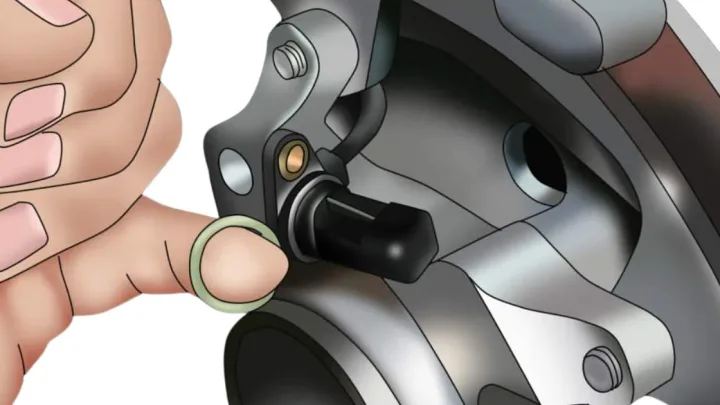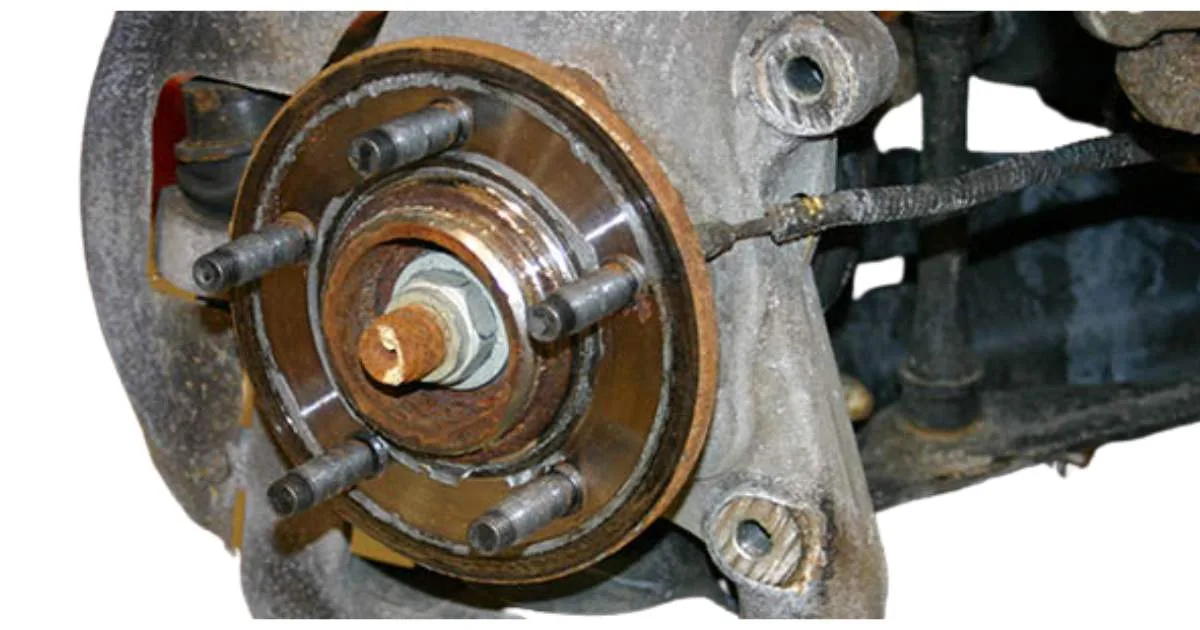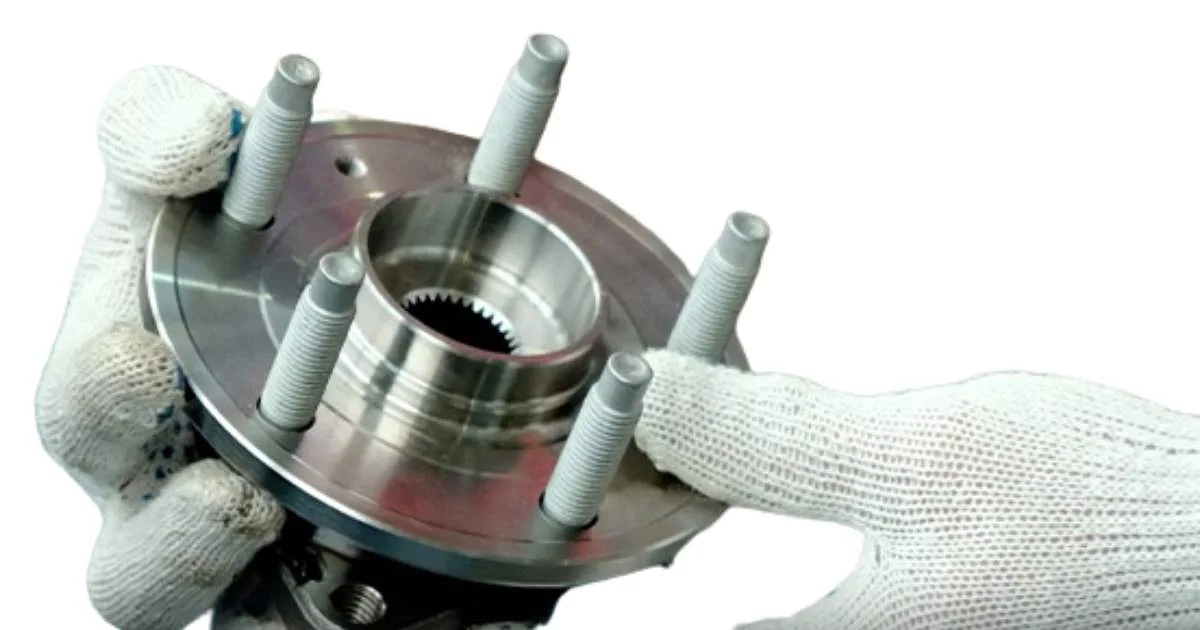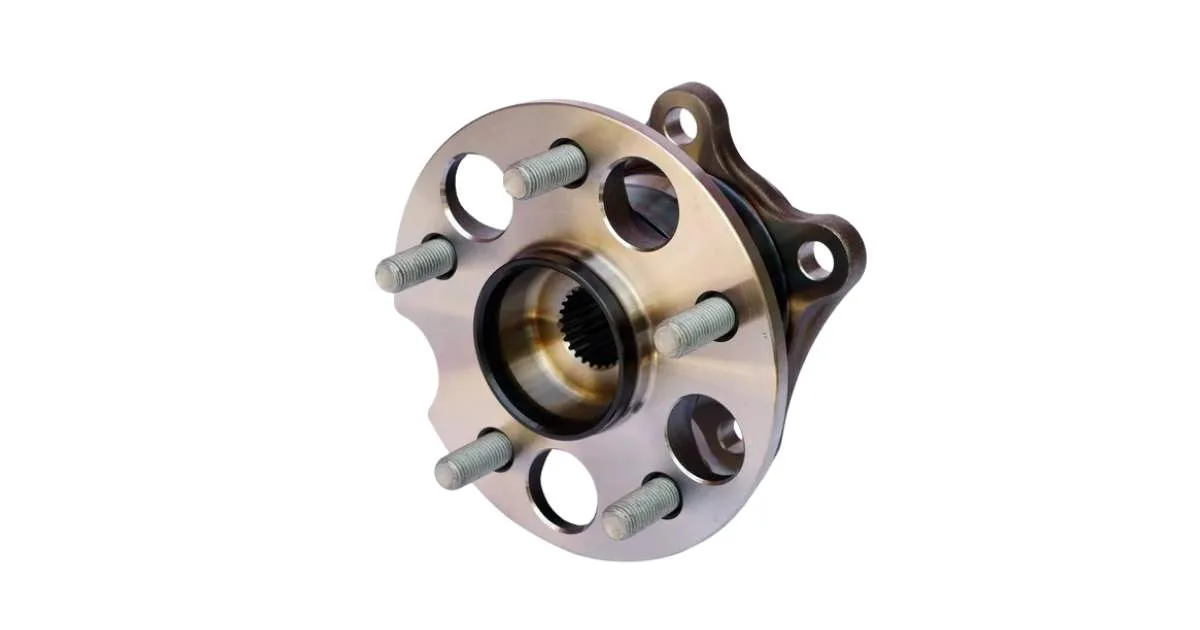
The speed sensor on a transmission is a key part in your car. It tells your speed and helps shift gears smoothly.
The speed sensor on a transmission is often found on the vehicle's transmission case. This small but vital component feeds speed data to the car's computer system. Knowing its location is crucial for both repairs and performance checks. Most drivers never need to locate their car's speed sensor. Yet, when a speedometer fails or shifting becomes erratic, it becomes a must-know. This sensor is typically mounted on the transmission's body. It may sit near the tail shaft or the housing that encloses the gears. For front-wheel-drive cars, it's often near the front, where the engine and transmission meet. In rear-wheel-drive vehicles, look towards the back of the transmission. The sensor's exact spot can differ by car make and model. It's important to consult the owner's manual for specifics. This guide will help you understand more about the speed sensor, its role, and why its location matters.Introduction To Transmission Speed Sensors
Exploring your vehicle's transmission? The speed sensor typically sits on the gearbox casing. This crucial part feeds data to the car's computer to ensure smooth gear shifts and accurate speed readings. Understanding the role of speed sensors in your car's transmission is key. These sensors play a critical part in how your vehicle operates. They measure the rate of rotation of various parts within the transmission system. This data helps manage your car's speed and ensures smooth gear shifts. Knowing where they are can save time and stress during car maintenance.Purpose Of Speed Sensors
Speed sensors serve a vital function in a vehicle's transmission. They provide crucial data to the car's computer. This information controls engine timing and gear shifting. Without accurate readings, cars may experience poor performance and fuel efficiency. Safety can also be compromised without these sensors working right.Types Of Transmission Speed Sensors
There are mainly two types of sensors in car transmissions: input and output. Input sensors measure the speed of the transmission's input shaft. Output sensors track the speed of the output shaft. Both are essential for the proper functioning of your vehicle. Their accurate readings are crucial for a smooth driving experience. Identifying The Transmission Speed Sensor
Identifying The Transmission Speed Sensor
Identifying The Transmission Speed Sensor
Identifying the Transmission Speed Sensor is crucial. This sensor helps your car run smoothly. It tells your car how fast to go. Finding this sensor is the first step to solving speed issues.Typical Sensor Appearance
The transmission speed sensor looks simple. Often, it's a small, round gadget. Attached to the transmission, it's made of plastic or metal. Its size? Like a coin. Colors vary, but black or silver is common. A cable connects it to the car's computer.Tools Required For Identification
Few tools are needed. A flashlight helps see in dark areas. A basic wrench may be needed to remove parts for a better view. Remember, safety first. Always turn off the car before looking.Common Locations For Speed Sensors
Understanding where speed sensors are on a transmission helps with repairs and maintenance. These sensors play a key role in a car's performance. They relay information about the vehicle's speed to the engine control unit. This post explains the common spots you might find them on different vehicles.Front-wheel Drive Vehicles
In front-wheel drive cars, the speed sensor is often mounted on the transmission's case. Look near the drive shafts. It sits close to the axle output, where it can accurately read the drive wheels' speed. This spot is easy to reach from under the car. It may be on the side or the top of the transmission housing.Rear-wheel Drive Vehicles
For rear-wheel drive models, the sensor location varies. It's typically found at the rear of the transmission. It could be near the tail shaft or mounted on the side. It reads the transmission output speed to determine how fast the car moves. This sensor may require lifting the vehicle for better access.Step-by-step Guide To Locating The Sensor
Finding the speed sensor on a transmission can be a tricky task. This guide simplifies the process. Follow these steps to locate the sensor on most vehicles.Safety Precautions
Before starting, safety is key. Park on a level surface. Use wheel chocks. Wear safety glasses and gloves. Disconnect the car battery to prevent accidents.Vehicle Preparation
Raise your vehicle with a jack. Support it with jack stands. Ensure the car is stable before going underneath. This step is crucial for safety.Visual Inspection
Look for the sensor near the transmission. It's usually on the side facing the vehicle's rear. It has an electrical connector. Follow the wire to find the sensor. Troubleshooting Speed Sensor Issues
Troubleshooting Speed Sensor Issues
Troubleshooting Speed Sensor Issues
Identifying speed sensor problems starts by knowing its location. Often mounted on the transmission, the speed sensor monitors the gearbox's output. Troubleshooting speed sensor issues on your transmission is key. A speed sensor plays a critical role. It tells your car's computer how fast you're going. Problems can arise when this sensor fails. Let's dive into how you can spot and address these issues.Symptoms Of A Faulty Sensor
Several signs can hint at a failing speed sensor. You might notice your speedometer stops working or behaves erratically. Your car may shift gears at the wrong time or not at all. Sometimes, the check engine light comes on. Poor fuel efficiency is another common symptom. These signs suggest it's time to check the sensor.Diagnostic Procedures
Diagnosing a faulty speed sensor involves a few steps. First, visually inspect the sensor and its wiring. Look for damage or loose connections. Next, use a diagnostic tool to check for error codes. Many cars will store a code if the sensor has issues. Testing the sensor with a multimeter is another step. This tool measures electrical resistance. A reading outside the normal range indicates a problem. Lastly, consider the sensor's location and accessibility. It might be on the transmission's exterior or inside it. This affects how easy it is to check or replace the sensor.Removing The Speed Sensor
Knowing how to remove a speed sensor can save time and money. The sensor is often found on the transmission. It's key to your vehicle's ability to gauge speed. Let's look at the right tools and techniques for the job.Tools And Techniques
Before starting, gather these tools:- Ratchet and socket set
- Screwdrivers
- Owner's manual
- Clean cloth
- Consult the owner's manual for specifics.
- Ensure the car is secure and safe.
- Label wires for easy reconnection.
Step-by-step Removal
Follow these steps to remove the sensor:- Turn off the engine and disconnect the battery.
- Locate the sensor on the transmission.
- Remove any connected wires or clips.
- Use the ratchet to unscrew the sensor.
- Gently pull out the sensor.
- Clean the area with a cloth before replacing.
Installation Of A New Speed Sensor
Replacing a speed sensor in your vehicle is crucial. It affects your car's performance. Let's guide you through the installation of a new speed sensor on the transmission. This task requires precision but is doable with the right steps.Preparing The New Sensor
Before installation, get the correct sensor for your car. Check the model and year. Clean the area around the old sensor on your transmission. This prevents dirt from entering during the swap.- Turn off your car.
- Locate the old sensor on the transmission.
- Disconnect the battery to ensure safety.
Installation Steps
With the area prepped, follow these steps to install the new sensor:- Remove the old sensor. Use the right tool. Usually, a wrench fits.
- Compare sensors. Ensure the new one matches the old one.
- Insert the new sensor. Place it gently into the slot. Tighten it, but not too much.
- Reconnect wiring. Attach any wires or clips taken off from the old sensor.
- Check everything. Make sure the new sensor is secure and the area is clean.
- Reconnect the battery and start your car. Check for errors on the dashboard.
 Maintenance And Care For Speed Sensors
Maintenance And Care For Speed Sensors
Maintenance And Care For Speed Sensors
Speed sensors play a crucial role in a vehicle's transmission system. They gather data that affects gear shifting, fuel efficiency, and vehicle stability. Proper maintenance ensures their accuracy and longevity. Let's dive into how to keep these sensors in top condition.Regular Check-ups
Consistent checks prevent future problems. Owners should schedule inspections for their vehicle's speed sensor. Mechanics can spot issues before they worsen. This ensures a smooth and safe drive.Cleaning And Protection
Dirt and debris can impair a speed sensor's function. Cleaning it carefully avoids this issue. Use recommended products to keep it free from grime. Protective measures keep the sensor working right. They safeguard against the elements.Frequently Asked Questions
What Is A Transmission Speed Sensor?
A transmission speed sensor monitors the speed of a vehicle's transmission. It plays a crucial role in managing the transmission's shift timing and ensuring smooth gear transitions. This sensor's data is vital for accurate speedometer readings and optimal engine performance.Where Is The Speed Sensor On A Transmission Located?
The speed sensor on a transmission is typically located on the transmission's housing. Its exact position can vary depending on the vehicle's make and model. Generally, it's found near the output shaft, which links the transmission to the wheels.How Do You Identify A Faulty Transmission Speed Sensor?
A faulty transmission speed sensor often results in erratic speedometer readings, improper gear shifting, or a check engine light. You might also experience decreased fuel efficiency. These symptoms suggest the sensor is not accurately relaying speed data.Can I Drive With A Bad Transmission Speed Sensor?
Driving with a bad transmission speed sensor is possible but not advisable. It can lead to shifting problems, decreased fuel efficiency, and potential damage to the transmission. For safety and optimal vehicle performance, addressing the issue promptly is recommended.Conclusion
Discovering your vehicle's speed sensor location on the transmission is simple. Most models place it near the output shaft. Remember, this component is crucial for precise speed readings. Regular checks ensure your car's performance stays top-notch. If issues arise, consult your manual or a mechanic. Safe driving starts with a well-maintained speed sensor. Keep this in mind and drive with confidence.Disclosure
Some links may be affiliate links. That means we may earn a small commission at no extra cost to you.